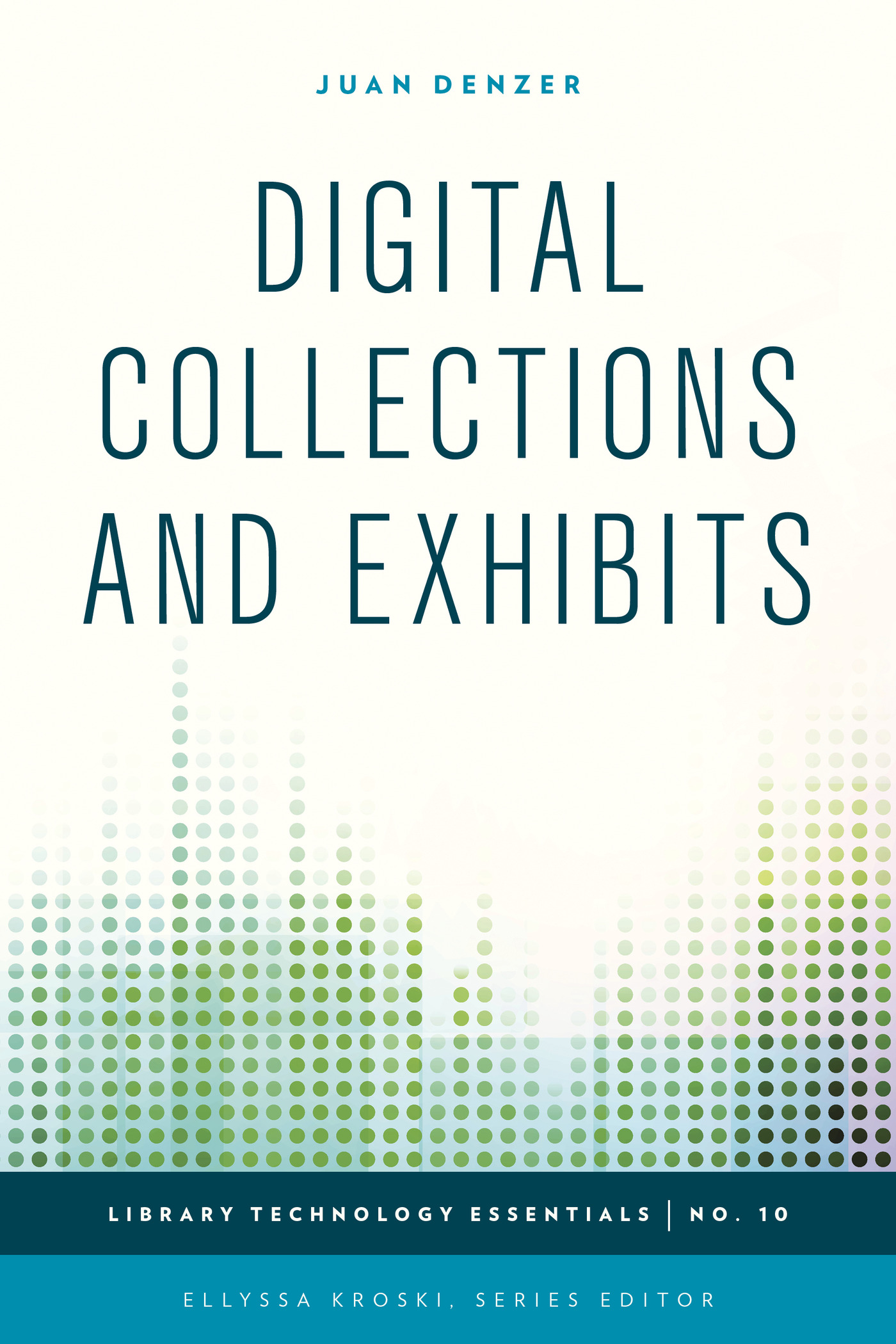Digital Collections and Exhibits
Library Technology Essentials
About the Series
The Library Technology Essentials series helps librarians utilize todays hottest new technologies as well as ready themselves for tomorrows. The series features titles that cover the AZ of how to leverage the latest and most cutting-edge technologies and trends to deliver new library services.
Todays forward-thinking libraries are responding to changes in information consumption, new technological advancements, and growing user expectations by devising groundbreaking ways to remain relevant in a rapidly changing digital world. This collection of primers guides libraries along the path to innovation through step-by-step instruction. Written by the fields top experts, these handbooks serve as the ultimate gateway to the newest and most promising emerging technology trends. Filled with practical advice and projects for libraries to implement right now, these books inspire readers to start leveraging these new techniques and tools today.
About the Series Editor
Ellyssa Kroski is the Director of Information Technology at the New York Law Institute as well as an award-winning editor and author of 22 books including Law Librarianship in the Digital Age for which she won the AALLs 2014 Joseph L. Andrews Legal Literature Award. Her ten-book technology series, The Tech Set, won the ALAs Best Book in Library Literature Award in 2011. She is a librarian, an adjunct faculty member at Pratt Institute, and an international conference speaker. She speaks at several conferences a year, mainly about new tech trends, digital strategy, and libraries.
Titles in the Series
1. Wearable Technology: Smart Watches to Google Glass for Libraries by Tom Bruno
2. MOOCs and Libraries by Kyle K. Courtney
3. Free Technology for Libraries by Amy Deschenes
4. Makerspaces in Libraries by Theresa Willingham and Jeroen De Boer
5. Knowledge Management for Libraries by Valerie Forrestal
6. WordPress for Libraries by Chad Haefele
7. Game It Up!: Using Gamification to Incentivize Your Library by David Folmar
8. Data Visualizations and Infographics by Sarah K. C. Mauldin
9. Mobile Social Marketing in Libraries by Samantha C. Helmick
10. Digital Collections and Exhibits by Juan Denzer
11. Using Tablets and Apps in Libraries by Elizabeth Willse
12. Responsive Web Design in Practice by Jason A. Clark
Digital Collections and Exhibits
Juan Denzer
ROWMAN & LITTLEFIELD
Lanham Boulder New York London
Published by Rowman & Littlefield
A wholly owned subsidiary of The Rowman & Littlefield Publishing Group, Inc.
4501 Forbes Boulevard, Suite 200, Lanham, Maryland 20706
www.rowman.com
Unit A, Whitacre Mews, 26-34 Stannary Street, London SE11 4AB
Copyright 2015 by Rowman & Littlefield
All rights reserved. No part of this book may be reproduced in any form or by any electronic or mechanical means, including information storage and retrieval systems, without written permission from the publisher, except by a reviewer who may quote passages in a review.
British Library Cataloguing in Publication Information Available
Library of Congress Cataloging-in-Publication Data
Denzer, Juan, 1972
Digital collections and exhibits / Juan Denzer.
pages cm. (Library technology essentials ; 10)
Includes bibliographical references and index.
ISBN 978-1-4422-4374-3 (cloth : alk. paper) ISBN 978-1-4422-4375-0 (pbk. : alk. paper) ISBN 978-1-4422-4376-7 (ebook)
1. Library exhibitsTechnological innovations. 2. LibrariesInformation technology. 3. Museum exhibitsTechnological innovations. 4. MuseumsInformation technology. I. Title.
Z717.D39 2015
025.042dc23
2015013749
 TM The paper used in this publication meets the minimum requirements of American National Standard for Information Sciences Permanence of Paper for Printed Library Materials, ANSI/NISO Z39.48-1992.
TM The paper used in this publication meets the minimum requirements of American National Standard for Information Sciences Permanence of Paper for Printed Library Materials, ANSI/NISO Z39.48-1992.
Printed in the United States of America
In memory of my father, who taught me how to overcome obstacles with a little ingenuity.
Series Editors Foreword
Libraries are exploring many new and exciting ways to exhibit their special collections, both in the physical library space and digitally on the Web. Digital Collections and Exhibits is an essential resource that examines just that. This one-stop reference manual identifies what it takes to produce an out-of-this-world digital exhibit including an in-depth discussion of tools and techniques, a look at how other libraries are building cutting-edge digital exhibits, and an analysis of whats on the horizon. Author Juan Denzer expertly guides the reader from planning to implementation of these stunning museum-quality interactive digital exhibits, including how to create hands-free exhibits with Microsoft Kinect, how to create exhibits using Open Exhibits, and even how to create 3D objects for online exhibits.
The idea for the Library Technology Essentials book series came about because there have been many drastic changes in information consumption, new technological advancements, and growing user expectations over the past few years that forward-thinking libraries are responding to by devising groundbreaking ways to remain relevant in a rapidly changing digital world. I saw a need for a practical set of guidebooks that libraries could use to inform themselves about how to stay on the cutting edge by implementing new programs, services, and technologies to match their patrons expectations.
Libraries today are embracing new and emerging technologies, transforming themselves into community hubs and places of co-creation through makerspaces, developing information commons spaces, and even taking on new roles and formats, all the while searching for ways to decrease budget lines, add value, and prove the return on investment of the library. The Library Technology Essentials series is a collection of primers to guide libraries along the path to innovation through step-by-step instruction. Written by the fields top experts, these handbooks are meant to serve as the ultimate gateway to the newest and most promising emerging technology trends. Filled with practical advice and project ideas for libraries to implement right now, these books will hopefully inspire readers to start leveraging these new techniques and tools today.
Each book follows the same format and outline, guiding the reader through the A-Z of how to leverage the latest and most cutting-edge technologies and trends to deliver new library services. The Projects chapter comprises the largest portion of the books, providing library initiatives that can be implemented by both beginner and advanced readers, accommodating for all audiences and levels of technical expertise. These projects and programs range from the basic How to Circulate Wearable Technology in Your Library and How to Host a FIRST Robotics Team at the Library to intermediate such as How to Create a Hands-Free Digital Exhibit Showcase with Microsoft Kinect to the more advanced options such as Implementing a Scalable E-Resources Management System and How to Gamify Library Orientation for Patrons with a Top Down Video Game. Readers of all skill levels will find something of interest in these books.
In 2014, at the Computers in Libraries conference, Juan Denzer presented Kinect-ing Patrons to Experience Digital Collections, which illustrated the ways libraries could hack the Microsoft Kinect to create interactive digital exhibits, create 3D image objects from books, and build virtual reality reading kiosks, and it was the most innovative approach to digital exhibits I had ever seen. After that, I knew he needed to write down everything he knew about digital exhibits and collections for the rest of us. Librarians who are considering how to wow their patrons with their special collections wont want to miss this one.

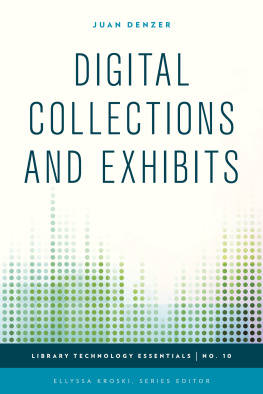

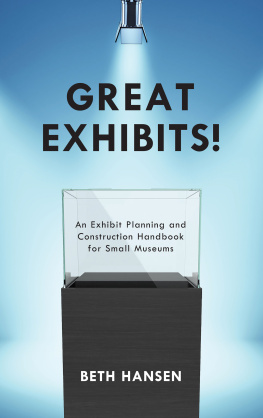
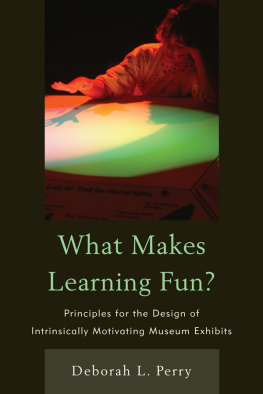
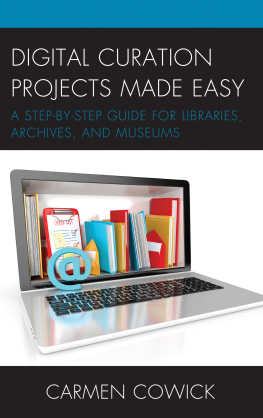
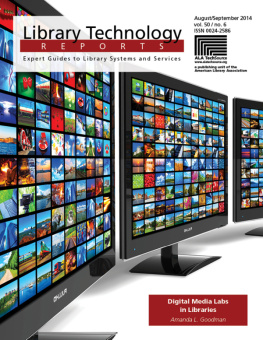

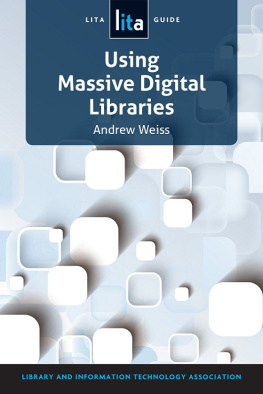
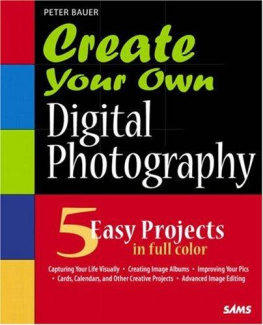
 TM The paper used in this publication meets the minimum requirements of American National Standard for Information Sciences Permanence of Paper for Printed Library Materials, ANSI/NISO Z39.48-1992.
TM The paper used in this publication meets the minimum requirements of American National Standard for Information Sciences Permanence of Paper for Printed Library Materials, ANSI/NISO Z39.48-1992.